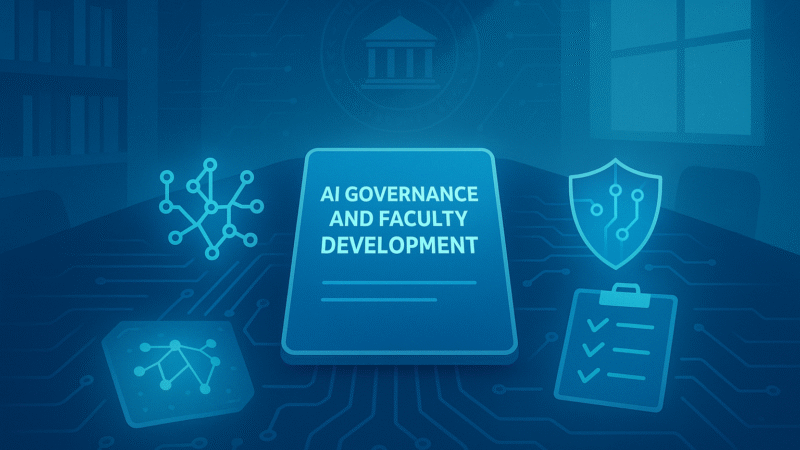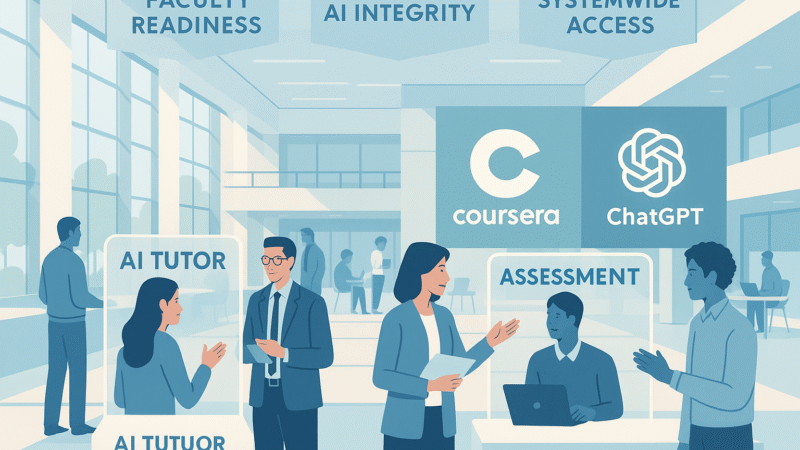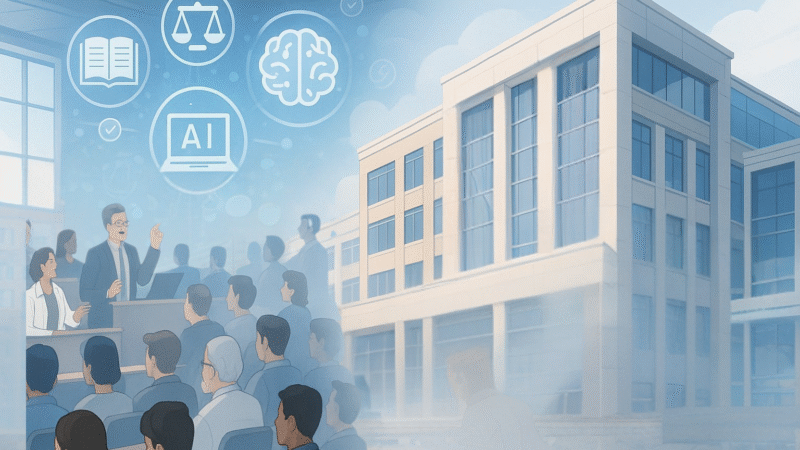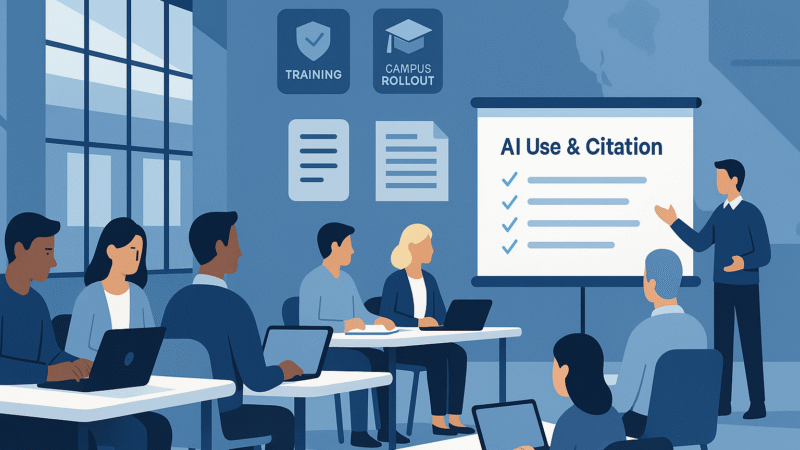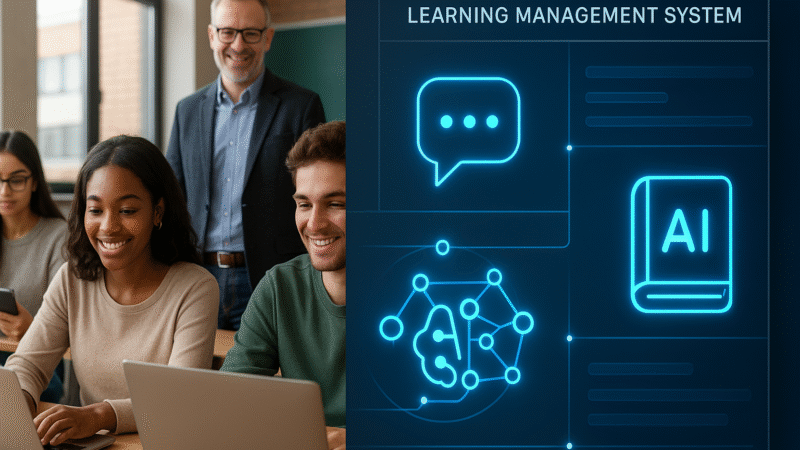Higher education is entering a new phase where AI policy, ethics, and practice converge. This week’s stories reveal how universities are moving beyond experimentation to accountability—shaping governance frameworks, faculty development, and interdisciplinary learning models that make AI both credible and measurable. From institutional oversight to classroom design, readiness is no longer a concept; it’s the standard.
Category: News Summary
AI is no longer an experiment—it’s infrastructure. This week’s brief spotlights systemwide adoption across higher education, from California’s historic AI tutoring rollout to Coursera’s integration inside ChatGPT. Faculty now stand at the center of this transition: success depends not on the platforms themselves but on the readiness, reflection, and integrity guiding their use. Policy compliance, faculty capacity, and platform governance define this next phase of intelligent learning.
Universities are moving beyond pilots to embed AI literacy, governance, and infrastructure at scale. Faculty training programs and bold initiatives like Ohio State’s AI fluency mandate show how higher education is treating AI not as an add-on, but as a core academic competency.
AI on campus shifted from trial runs to infrastructure. California institutions get free training from Google and Microsoft, Indiana University enables ChatGPT Edu for 120,000 users, and colleges push for clear rules, disclosure, and data safeguards. Plus Latam-GPT for regional access and Pearson study tools at scale.
AI in higher education is no longer confined to pilot projects. This week, UTSA announced the launch of a College of AI, Microsoft integrated Copilot directly into LMS platforms, and universities advanced initiatives on governance, fluency, and student well-being. From new advisory boards to global skilling alliances, the momentum is shifting toward institutional readiness and balanced growth.
Higher education just got a double upgrade. With GPT-5 now the default in ChatGPT and Google’s NotebookLM embedded directly into learning management systems, AI is no longer an optional add-on. It’s sitting inside the same platforms faculty and students use every day. The challenge is no longer if these tools will shape learning, but how ready we are to teach with them in place.
GPT-5 hits campus tools as California expands AI training, UNESCO urges competency standards, and NSF funds traineeships—what should faculty update this term?

